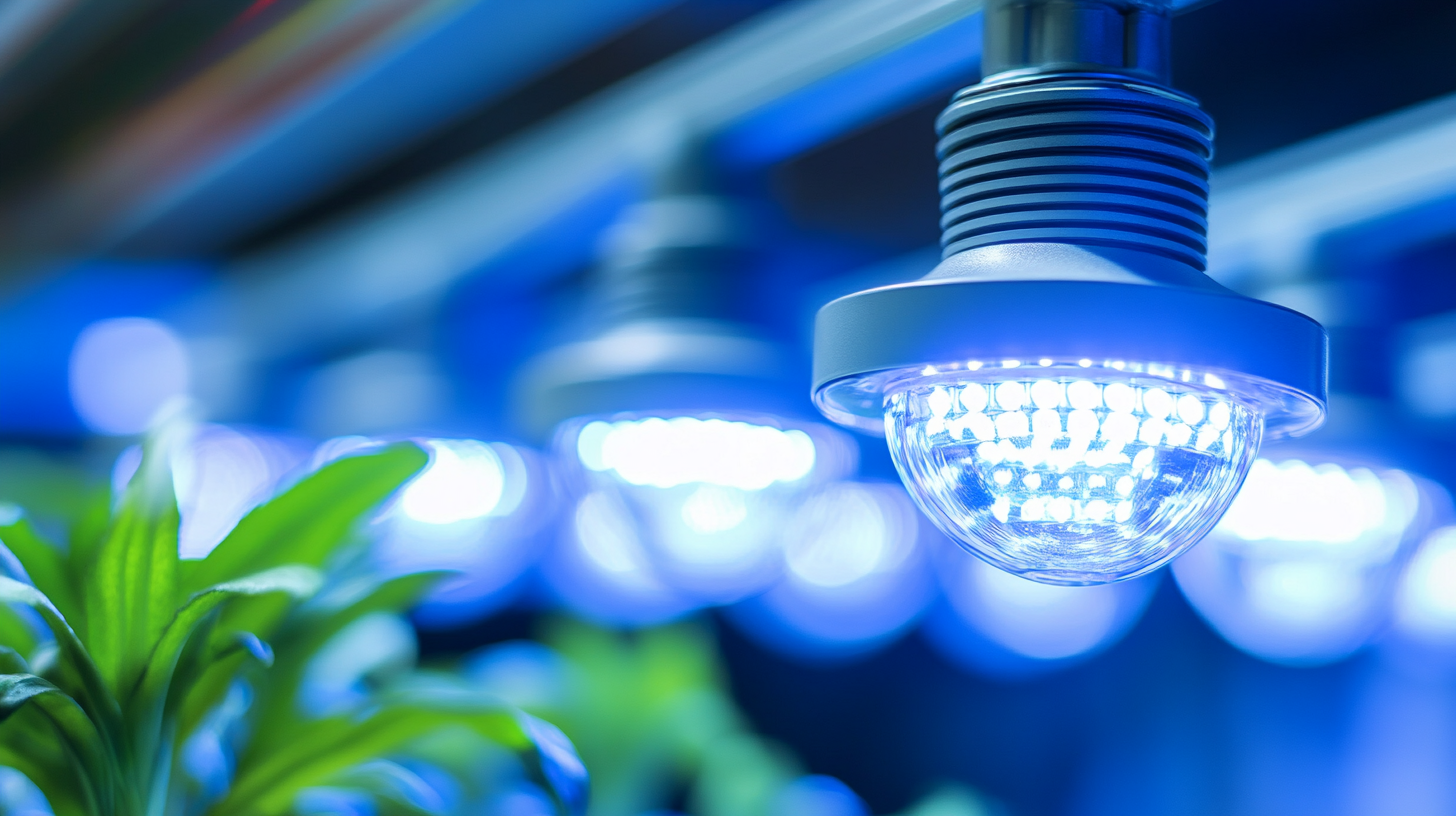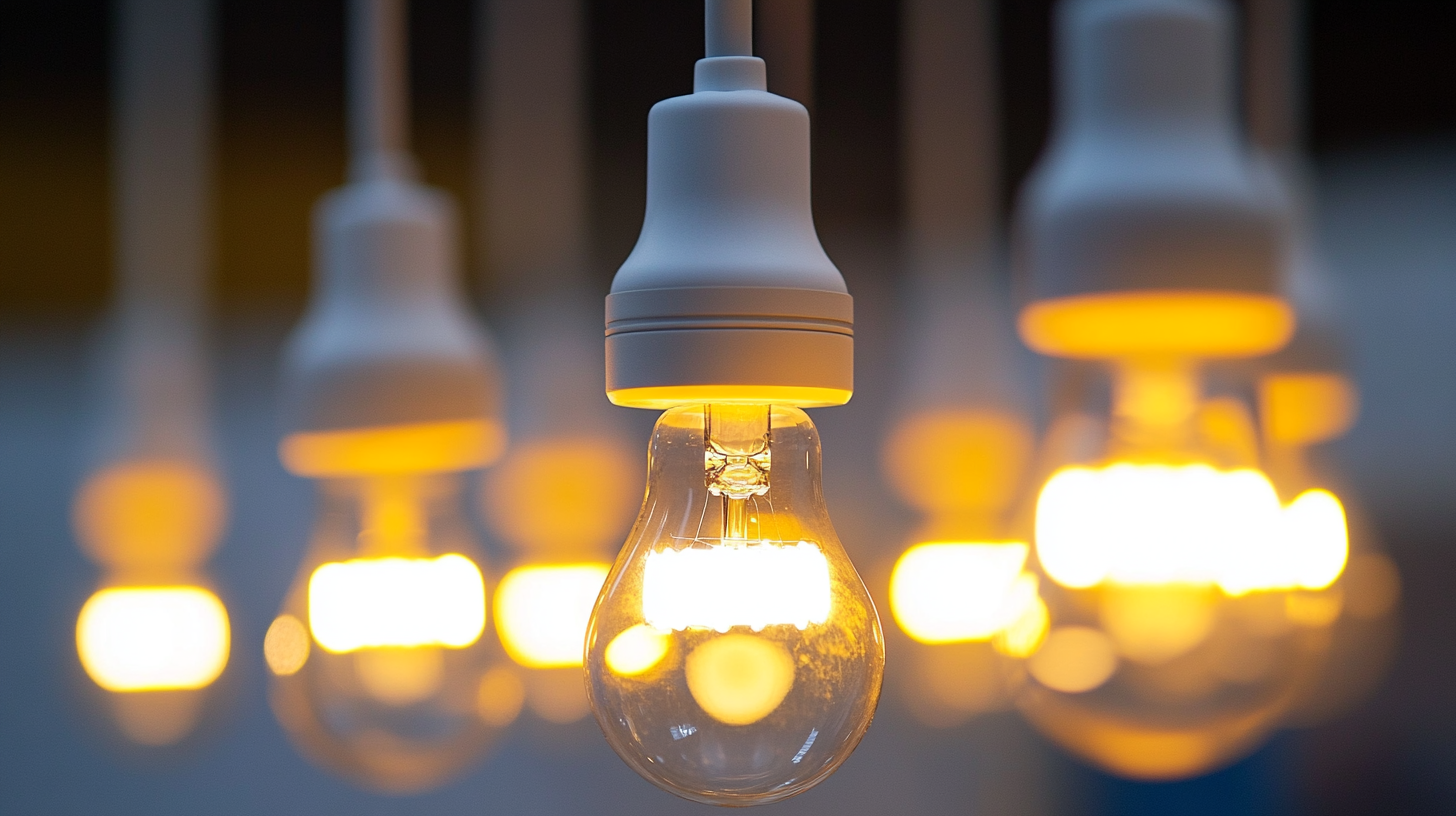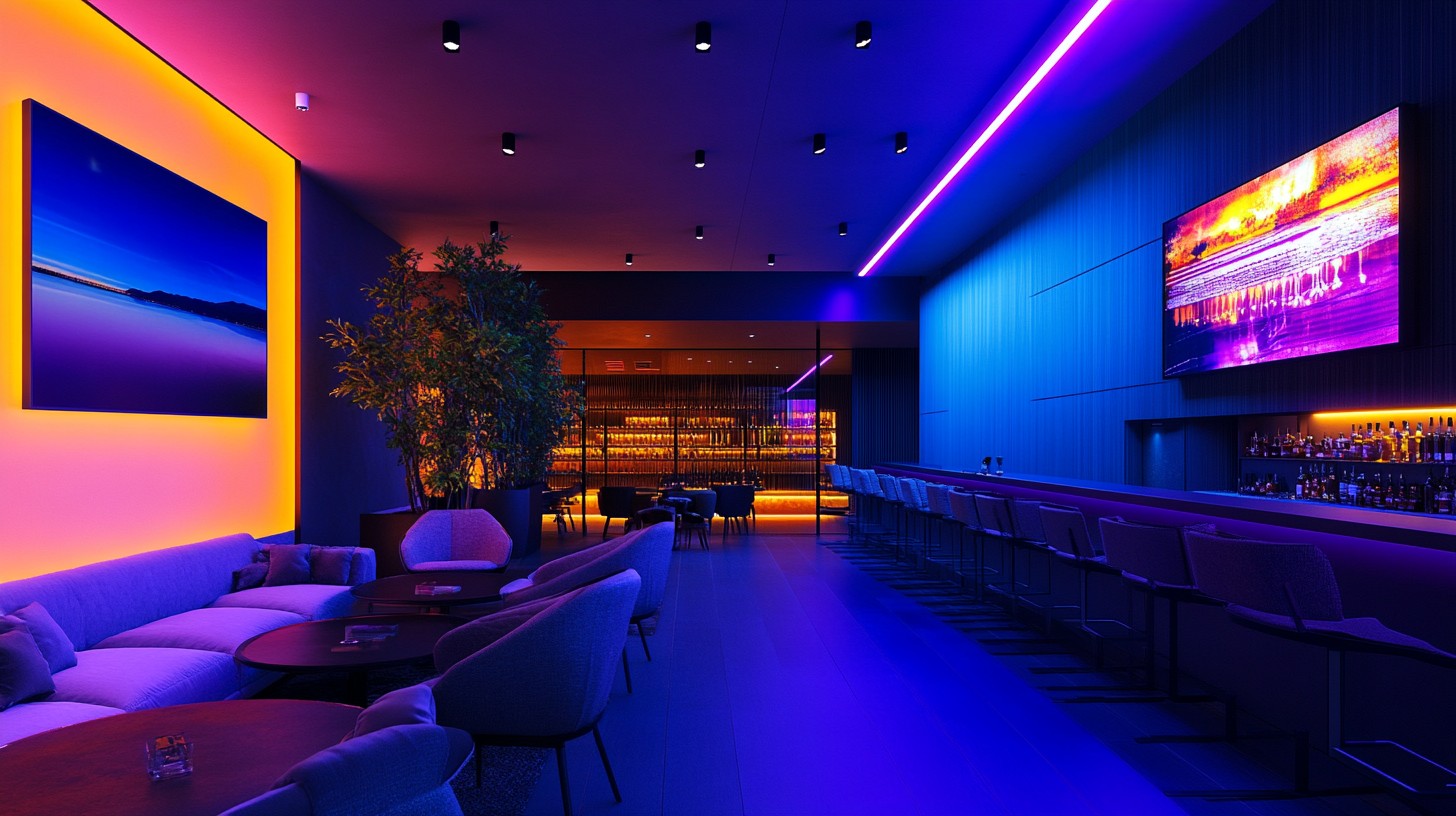Advantages of Utilizing LED Lighting in Modern Businesses to Maximize Energy Efficiency
In the contemporary business landscape, energy efficiency has become a critical component not only for operational cost reduction but also for environmental sustainability. According to the U.S. Department of Energy, LED lighting has the potential to reduce energy consumption for lighting by up to 80% when compared to traditional incandescent bulbs. As businesses increasingly seek to lower their carbon footprints while maximizing profitability, the adoption of LED lighting emerges as a highly effective strategy.
Moreover, a report from the National Renewable Energy Laboratory indicates that by switching to LED lighting, businesses can recover their initial investment in as little as two years due to significant savings on electricity bills. This transition not only enhances the quality of lighting but also optimizes overall energy usage, contributing to a more sustainable operational model. As organizations prioritize their energy strategies, understanding the benefits of LED lighting will be vital in driving both financial and environmental advantages in the modern business milieu.

Benefits of LED Lighting: A Sustainable Choice for Modern Enterprises
In the ever-evolving landscape of modern businesses, the shift towards LED lighting has emerged as a cornerstone of sustainability. According to the U.S. Department of Energy, LED lighting can reduce energy consumption by up to 75% compared to traditional incandescent bulbs. This significant reduction not only lowers electricity costs but also decreases greenhouse gas emissions, making LED lighting a compelling choice for companies committed to sustainable practices.
Moreover, the lifespan of LED bulbs is a striking advantage; they can last up to 25 times longer than incandescent alternatives. This longevity translates into fewer replacements, reducing waste and contributing to a circular economy. A report from the Lighting Research Center indicates that the widespread adoption of LED technology could save the U.S. more than $30 billion in energy expenses by 2027, underlining the potential for substantial economic benefits.
In addition to energy savings, switching to LED lighting enhances workplace environments. Studies have shown that proper lighting can improve employee productivity and well-being. For instance, research from the Harvard Business Review reveals that employees exposed to natural light and efficient artificial lighting report higher satisfaction levels and performance. With these advantages, it is clear that LED lighting is not just a trend but a wise investment for modern enterprises seeking to create a sustainable and efficient operational framework.
Cost Savings: How LED Lighting Reduces Energy Bills for Businesses
In today's competitive business environment, controlling operational costs is crucial, and one of the most effective strategies is to invest in LED lighting. According to the U.S. Department of Energy, switching to LED lighting can result in energy cost savings of up to 75% compared to traditional incandescent bulbs. This significant reduction in energy consumption not only contributes to lower electricity bills but also aligns with sustainability goals that many companies strive to achieve.
Moreover, with the average lifespan of LED bulbs being 25,000 hours or more, businesses can minimize maintenance costs associated with frequent bulb replacements. A report from the National Electrical Manufacturers Association highlights that businesses can save up to $125 per fixture over the life of an LED bulb, thanks to reduced energy usage and longer lifespan. This is particularly beneficial for large corporations and retail establishments that require extensive lighting to create appealing environments for customers.
Furthermore, LED technology continues to advance, leading to the development of even more efficient lighting solutions. Recent studies indicate that LEDs emit less heat than traditional lighting, resulting in cooler environments that can reduce air conditioning costs during hot months. This dual benefit of energy savings and comfort can translate into further financial advantages for businesses, creating a compelling case for making the switch to LED lighting in any modern commercial setting.

Enhancing Workplace Productivity Through Improved Lighting Quality
In today's fast-paced business environment, the quality of lighting in the workplace has a profound impact on productivity and employee well-being. LED lighting, with its many advantages, stands out as a solution that not only enhances the aesthetic appeal of an office but also significantly improves the quality of light. By providing bright, consistent illumination, LEDs help reduce eye strain and fatigue, allowing employees to stay focused and engaged for longer periods.
Moreover, LED lights emit a spectrum of light that closely resembles natural daylight. This is crucial as exposure to natural light has been linked to improved mood and cognitive function. By integrating LED lighting into their spaces, businesses can create an environment that fosters creativity and collaboration. This not only enhances individual performance but also encourages teamwork and innovation, as employees feel more comfortable and inspired in well-lit spaces.
Energy efficiency is another key benefit of LED lighting that businesses can leverage to enhance productivity. Traditional lighting systems consume a significant amount of energy, leading to high operational costs. In contrast, LEDs are designed to use less energy while providing superior light quality, which can lead to substantial savings over time. By reallocating these savings towards employee development and workplace enhancements, organizations can further boost morale and productivity, creating a cycle of positive growth.

The Environmental Impact of Choosing LED Lighting for Business Operations
The choice of lighting in modern businesses plays a crucial role in promoting sustainability and reducing environmental impacts. LED lighting has emerged as a frontrunner in this domain, offering businesses a pathway to not only enhance their energy efficiency but also contribute positively to the environment. Unlike traditional lighting, LEDs consume significantly less power, helping to reduce greenhouse gas emissions and lower the carbon footprint associated with energy production. This shift is essential as companies increasingly prioritize sustainability in their operations and strategic planning.
Additionally, the longevity of LED lighting helps minimize waste, as they have a much longer lifespan compared to conventional bulbs. By reducing the frequency of replacements, businesses can lower the amount of electronic waste, which poses a significant environmental challenge. Furthermore, LEDs’ ability to integrate with smart lighting systems enables real-time energy monitoring and management, enhancing operational efficiency. This integration further illustrates how businesses can future-proof their energy strategies by anticipating and adapting to emerging trends in sustainability.
Ultimately, embracing LED lighting not only supports corporate responsibility but also enhances a company’s brand image as an eco-friendly and forward-thinking organization. As more businesses actively seek to improve their environmental contributions, the adoption of LED technology will be a pivotal element in driving sustainability and nurturing a greener global economy.
Advantages of Utilizing LED Lighting in Modern Businesses
This chart illustrates the percentage of energy savings and reduction in carbon footprint when businesses switch to LED lighting compared to traditional lighting options.
Adapting LED Technology: Future-Proofing Your Business's Lighting Solutions
In today’s rapidly evolving business landscape, adapting LED technology is essential for future-proofing your lighting solutions. LED lighting not only offers enhanced energy efficiency but also contributes significantly to sustainability goals. According to a report by the Department of Energy, solid-state lighting could account for 60% of the lighting market by 2035, which underscores its increasing acceptance and implementation in modern businesses.
Utilizing LED lighting can drastically reduce energy consumption, with studies showing that LEDs use at least 75% less energy compared to traditional incandescent bulbs. This reduction not only cuts costs but also improves the overall carbon footprint of a business. For instance, a facility transitioning from incandescent to LED lights can save an estimated $400 annually for every 100 bulbs replaced, translating into substantial savings for larger operations.
Moreover, the longevity of LED lights—lasting up to 25 times longer than traditional bulbs—further reinforces their value in a business setting. The reduced maintenance and replacement costs contribute to a more efficient budget allocation, enabling companies to invest those savings into other critical areas of their operations, such as research and development or improving customer service.
As businesses increasingly seek innovative ways to remain competitive, the integration of LED technology not only enhances energy efficiency but also positions them as leaders in sustainability. Embracing these advanced lighting solutions prepares companies for a future where energy efficiency and ecological responsibility are paramount.








